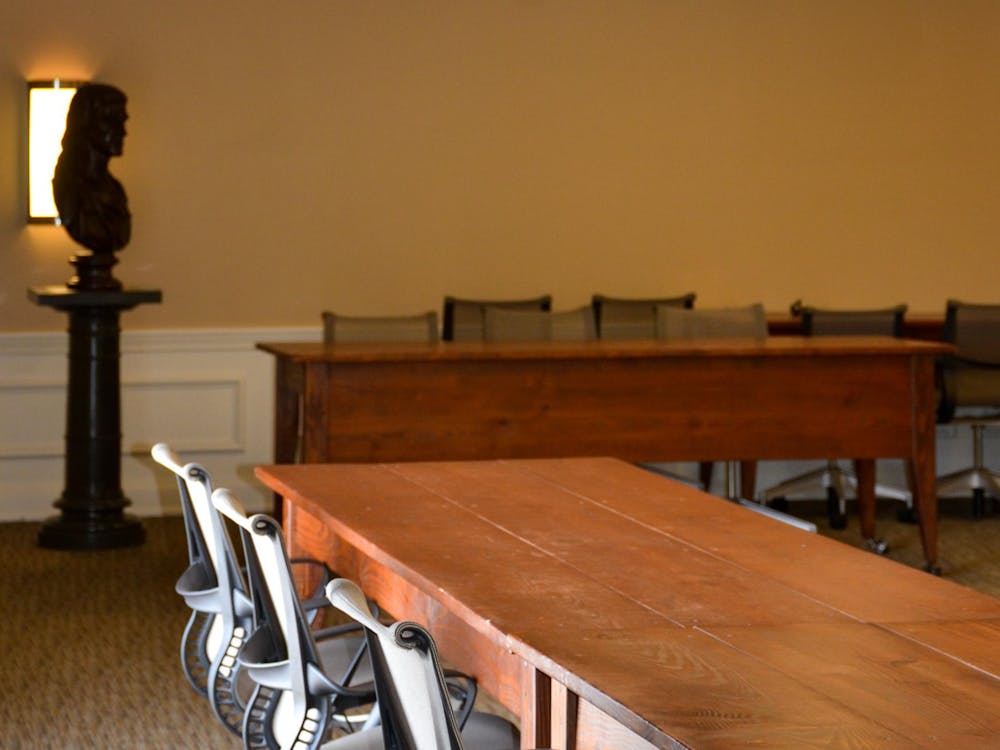Turns out the demand for off-Grounds housing is not a new trend in Charlottesville. In fact, a new exhibit looks at the history of accommodations available to student beyond University Grounds.
An exhibit highlighting the history of off-Grounds student housing is scheduled to open this Friday at the Albemarle-Charlottesville Historical Society located downtown and will run through December.
The exhibit, entitled "Boarding Houses: Living off Jefferson's Lawn," is a product of a year-long research project by students in Assoc. Architecture Prof. Daniel Bluestone's "Community History" seminar class.
Bluestone, whose class researches a different topic of architectural history every year, said the inspiration for the project was a presentation on the architecture of fraternity houses given by students in one of his classes.
"I said half-kidding I thought this would be a great year-long project to look at architecture of student accommodations at the University, and the idea grew on me," Bluestone said. "And we had a great year-long project of doing just that."
Bluestone added that while the architectural structure of the University creates a connected and beautiful community, on-Grounds housing simply cannot accommodate all University students -- and has not been able to for quite some time. Thus, Bluestone said his class set out to discover how students were accommodated when space on-Grounds was limited.
Marissa Cato, a second-year graduate student in the architectural history department and student of Bluestone's, said their research revealed the important role that boarding houses played in off-Grounds housing starting as early as the 1830s, with many operating up until the 1950s and 1960s.
Bluestone said the houses operated on a small scale close to Grounds, providing beds and often meals for 20 or 30 students, with the proprietors acting as local parental figures to look after the students. Many modern-day housing situations college students face lack this type of environment that creates a comfortable sense of community, Bluestone added.
Though their popularity began to decline after World War II, Cato said many of the former boarding houses still exist on Madison Lane, Rugby Road, Chancellor and 14th Streets, and several now house University students, fraternities and sororities.
Lydia Brandt, another second-year graduate student in the architectural history department and organizer of the event, said because the Albemarle-Charlottesville Historical Society had many resources and donations that correlated with the vision of the architecture students, it decided to collaborate on the exhibit.
"Hopefully, this will strengthen the partnership between the architectural history department and the historical society," Brandt said.
The students said they also hope their research can help the University administration make choices regarding the development of new on-Grounds housing.
"We realized there were larger implications to our research," Brandt said. "Even though some of these modes of housing haven't been used for years, they did have some aspects that were successful, and they should be considered as we create new modes of housing."






